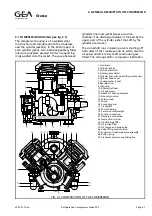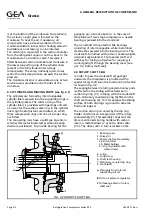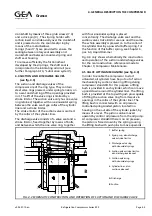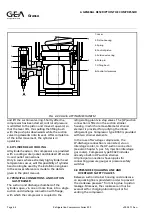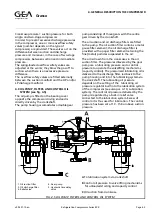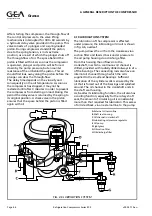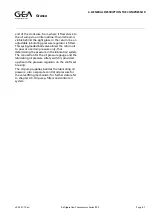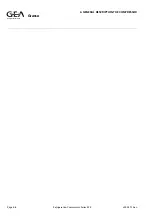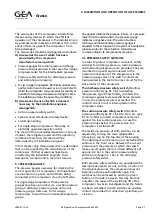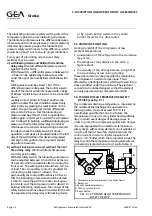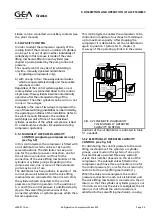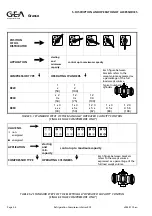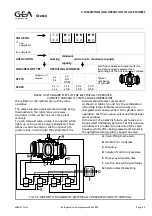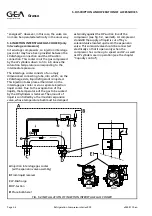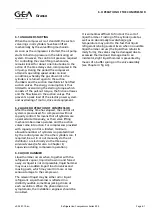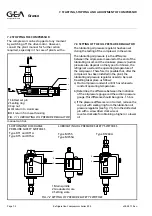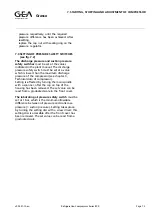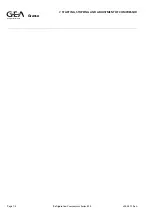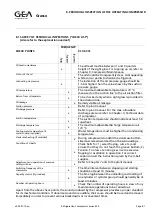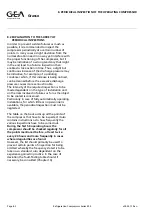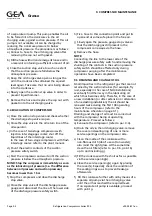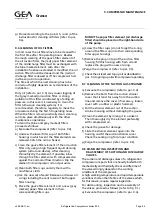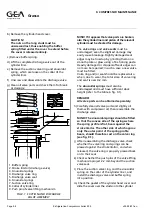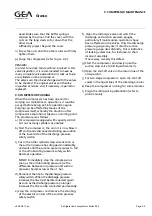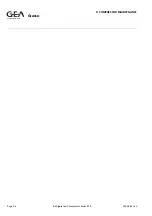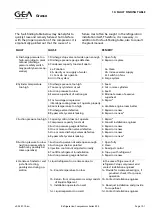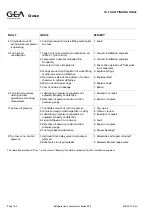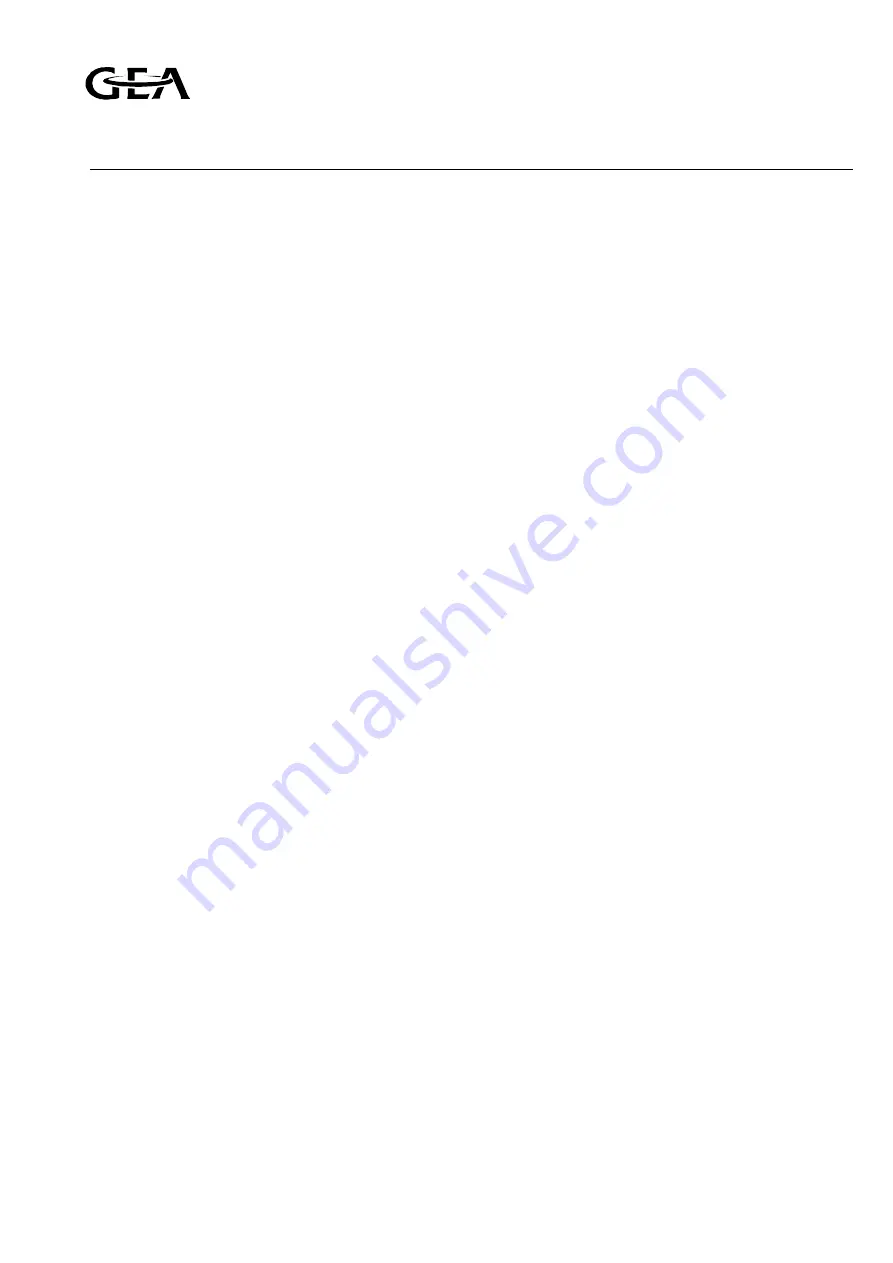
6.1 UNLOADED STARTING
When the compressor is at standstill, the suction
valve rings in all cylinders have been lifted
mechanically by the valve lifting mechanism.
As soon as the compressor is started, the oil pump
starts to build up pressure in the lubricating oil
system. However, the control oil pressure required
for controlling the valve lifting mechanisms,
remains locked for about one minute due to the
action of the time delay valve, incorporated in the
oil pump. During the period the compressor
attains its operating speed under no-load
conditions, whereby the gas drawn into the
cylinders is returned again to the suction
chambers and the suction manifold via the lifted
suction valves. The energy consumption is thus
limited to overcoming the starting torque which
consists of the pull-out torque, the frictional losses
and the flow losses in the suction valves. This
prevents a peak load of the electric power system
and overlading of motor, drive and equipment.
6.2 LOADED OPERATION OF COMPRESSOR
After the delay time has elapsed, the control oil
system is pressurized. for compressors without
capacity control this means that all cylinders are
operated simultaneously, as their valve lifting
mechanism becomes operative and the suction
valves come into action. For compressors provided
with capacity control, a limited, minimum
allowable number of cylinders is operated direct
by the control pressure; the other cylinders can, if
required, be cut in or out manually via the oil
distributor or electrically via the three-way
solenoid valves (refer also to Chapter 8,
Supervision during compressor operation).
6.3 LIQUID HAMMER
Liquid hammer occurs when, together with the
refrigerant vapour, liquid is drawn in and forced
away. As liquid is not compressible, liquid hammer
may cause a sudden impact load on valves and
moving parts, which may result in more or less
serious damage to the compressor.
The relevant liquid may be either oil or liquid
refrigerant. Liquid hammer is reflected in a
distinctly audible, sometimes jerking stroke at
each revolution. When the phenomenon is
symptomatic, the installation engineer should be
consulted.
It is sometimes difficult to find out the sort of
liquid hammer. Frosting of the cylinder jacket as
well as an abnormally low discharge gas
temperature may point to the fact that liquid
refrigerant is being sucked. Even when no audible
liquid hammer occurs (the liquid then retains its
misty form), the valves may be damaged due to
excessive thermal load. Damage due to an
incidental, slight liquid hammer is prevented by
means of a buffer spring on the valve assembly
(see Chapter 4 fig 4.3).
Refrigeration Division
Grasso
6. OPERATION OF THE COMPRESSOR
v002.97.10.en
Refrigeration Compressors Series RC9
Page 6.1

